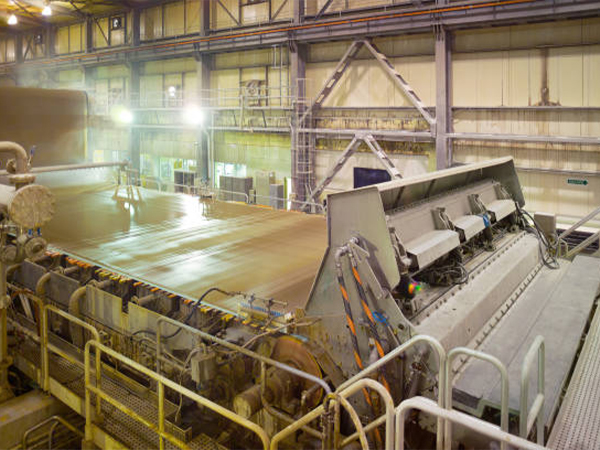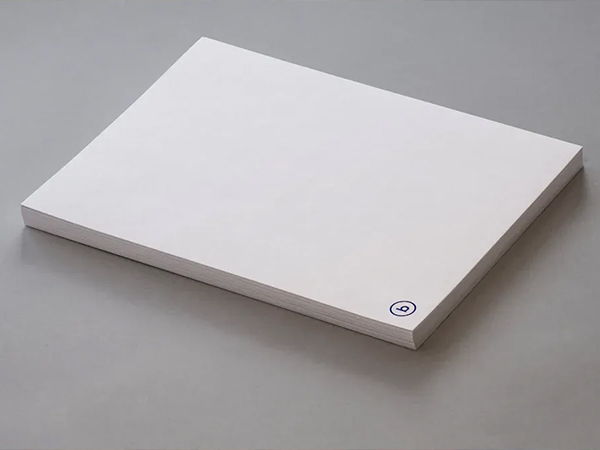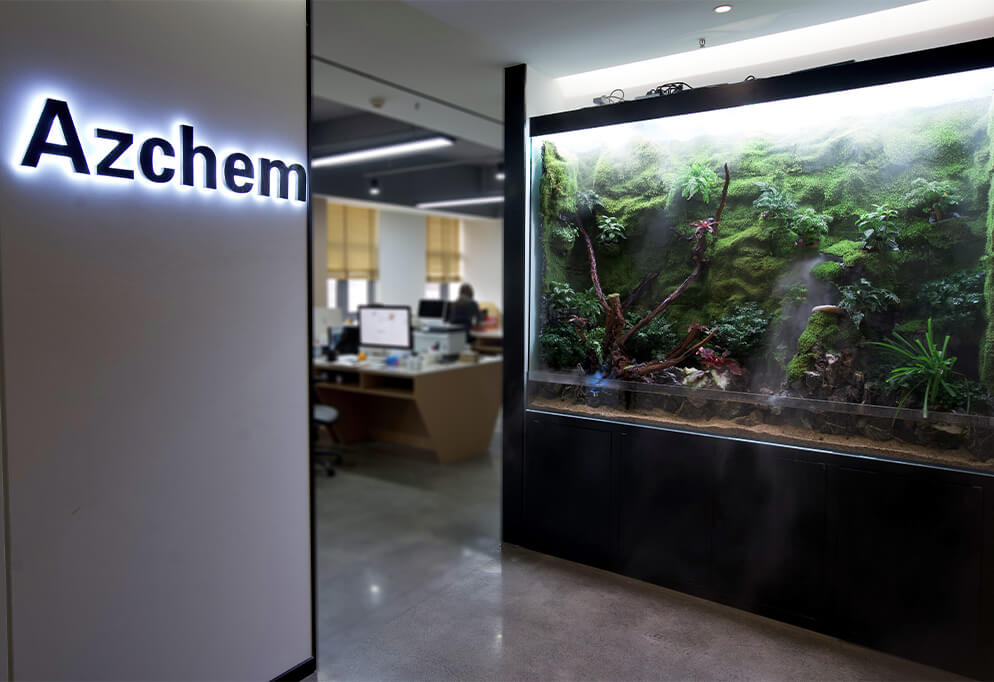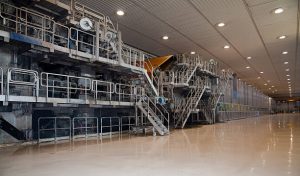
Optimizing chemical combinations offers you a proven path to Reducing Paper Mill Costs. Today, you face mounting pressure from several directions:
- Rising energy and fuel costs continue to increase your production expenses.
- Geopolitical events and resource limitations cause energy prices to surge, which directly impacts your bottom line.
You can respond to these challenges by rethinking your approach to chemical use and process efficiency.
Key Takeaways
- Optimize chemical combinations to reduce costs and improve paper quality. This approach enhances efficiency and lowers raw material expenses.
- Utilize retention aids to minimize filler loss. This strategy boosts paper strength and uniformity while decreasing overall production costs.
- Adjust sizing agents like AKD and ASA to lower energy consumption. Proper sizing creates hydrophobic surfaces, speeding up drying and reducing steam use.
- Implement efficient defoamers to stabilize production. These chemicals enhance water removal and prevent foam-related defects, improving paper quality.
- Adopt smarter chemical management practices. Develop vendor relationships, monitor usage, and train staff to ensure safe and efficient chemical handling.
Introduction: The Pressure to Cut Costs in Paper Production
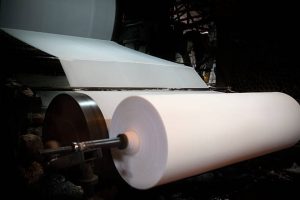
Rising raw material and energy prices
You face a challenging landscape in paper production. Several factors drive the urgency for cost reduction:
- The cost of wood pulp continues to rise due to supply chain disruptions, increased demand, and higher transportation expenses.
- Energy prices fluctuate, making it difficult to predict and manage manufacturing costs.
- Labor costs increase as wages and benefits grow.
- Environmental regulations require you to invest in new equipment and processes.
- Supply chain disruptions cause delays and inefficiencies, raising overall expenses.
📈 Note: In October 2024, prices for northern bleached softwood kraft (NBSK) pulp in the EU increased by 2% month-over-month to €1,414/mt, while US prices fell by 2%. Waste paper prices in the EU dropped by 17%, and in the US, they decreased by 1% for the first time in nine months.
Energy consumption also plays a critical role in your cost structure. The following table highlights how different paper machines consume energy and how energy prices impact your bottom line:
| Type of Paper Machine | Energy Consumption (MWh/tonne) | Difference (MWh/tonne) | Impact of Energy Prices (€) |
|---|---|---|---|
| Modern Recycled Containerboard | 0.4 | -0.1 | Significant |
| Aging Machines | 0.5 | +0.1 | Significant |
| Modern Tissue Machine | 0.8 | -0.2 | Significant |
| Aging Tissue Machines | >1.0 | +0.2 | Significant |
How papermaking chemicals influence production economics
You can make a significant impact on your costs by optimizing chemical use. The demand for paper products in developing economies continues to rise, which increases the need for efficient production. Technological advancements in retention agent formulations help you retain more fines and fillers, improving paper quality and reducing raw material costs. Innovations in chemical formulations and hybrid retention agents drive both efficiency and quality.
- By optimizing chemical combinations, you can achieve measurable results:
- One paper board mill reduced chemical dosage by an average of 18% by optimizing the use of wet strength resin (WSR).
- AI-driven solutions, adjust chemical dosage in real time, further improving efficiency.
- These strategies not only enhance production but also support your goal of Reducing Paper Mill Costs.
Understanding Chemical Synergy in Papermaking
How sizing, retention, and strength agents work together
You can unlock significant value by understanding how papermaking chemicals interact at each stage of production. Each chemical plays a unique role, but their synergy drives both efficiency and quality. The following table outlines how these chemicals function throughout the papermaking process:
| Stage of Papermaking | Chemicals Involved | Purpose |
|---|---|---|
| Preparation of pulp | Dispersants | Improve fiber dispersion and prevent clumping |
| Retention and drainage | Retention aids, flocculants | Enhance fiber retention, reduce waste, improve efficiency |
| Formation of paper sheet | Fillers, sizing agents | Improve surface properties, printability, water resistance |
| Drying and finishing | Wet strength agents, coating chemicals | Enhance durability and surface finish |
| Quality control | Chemical additives | Ensure product meets strength, brightness, and other specs |
Retention aids help you keep fine particles and fillers in the sheet, which reduces waste and improves material use. Sizing agents, lower the absorbency of paper. This prevents ink from feathering or bleeding through, which protects the integrity of your final product. Dry-strength agents, like acrylamide copolymers, boost the mechanical properties of paper. Wet-strength agents increase durability, especially when the paper faces moisture. When you combine these agents, you achieve stronger, more uniform paper with better printability and water resistance.
💡 Tip: Integrating bio-polymeric additives can further enhance paper strength, surface smoothness, and brightness. These sustainable materials also improve recyclability and expand your product’s applications.
Avoiding overlap and maximizing compatibility
You need to ensure that chemicals work together, not against each other. Overlapping functions or incompatible additives can lead to wasted resources and inconsistent results. To maximize compatibility, focus on these strategies:
- Invest in robust valves, pumps, and slurry hoses designed for pulp and paper applications.
- Select equipment with high abrasion resistance and chemical compatibility.
- Align your equipment choices with your mill’s specific process needs to boost efficiency and reduce downtime.
When you optimize chemical synergy and equipment compatibility, you create a stable process that supports your goals for Reducing Paper Mill Costs. This approach not only improves product quality but also strengthens your competitive position in the market.
Key Strategies to Reduce Costs
Using retention aids to reduce filler loss
You can achieve significant savings by focusing on retention aids. These chemicals prevent the loss of fillers such as calcium carbonate and clay, which improve paper opacity and density. When you optimize retention, fillers remain in the paper structure, resulting in a smoother surface and better light scattering. Retention aids also set the zeta potential of the pulp near zero, which helps retain fine fiber particles and colloids. This process boosts the retention of fillers and fibers, leading to high-quality paper production.
- Retention agents reduce fiber loss and increase raw material yield.
- They enhance the retention rate of pulp and fillers, optimizing paper uniformity and strength.
The cost impact of improved filler retention is clear:
| Aspect | Description |
|---|---|
| Reduced Raw Material Loss | Less loss of pulp fibers and fillers during the papermaking process. |
| Decreased Energy Consumption | Faster drainage reduces energy needed for drying, lowering operational costs. |
| Enhanced Paper Quality | Higher quality paper can be sold at a premium, increasing revenue potential. |
You can use these strategies to support your goal of Reducing Paper Mill Costs while maintaining product quality.
Optimizing AKD/ASA sizing to lower energy use
Sizing agents such as AKD (alkyl ketene dimer) and ASA (alkenyl succinic anhydride) play a vital role in controlling paper absorbency. When you optimize the dosage and application of these agents, you reduce the energy required for drying. Proper sizing creates a hydrophobic surface, which allows water to drain faster and shortens the drying cycle. You can lower steam consumption and reduce overall energy costs. This approach not only supports Reducing Paper Mill Costs but also improves the consistency of your finished product.
💡 Tip: Regularly monitor sizing agent performance to avoid overuse and ensure maximum efficiency.
Applying efficient defoamers to stabilize production
Foam can disrupt pulp flow, cause impurities, and increase maintenance needs. Efficient defoamers help you stabilize production and reduce costs. These chemicals accelerate water removal, prevent excessive surfactant buildup, and eliminate foam-induced defects. You protect equipment from overflow and reduce maintenance costs.
| Benefit | Description |
|---|---|
| Enhanced Water Removal | Accelerates drainage during pulp washing and paper formation. |
| Reduced Chemical Waste | Prevents excessive surfactant buildup, optimizing retention. |
| Improved Paper Quality | Eliminates foam-induced defects, ensuring smooth coatings and consistent textures. |
| Equipment Protection | Prevents overflow and reduces maintenance costs due to foam-related issues. |
You can choose from several defoamer technologies:
- Ester-based and surfactant defoamers for size press and coating applications.
- Oil-based defoamers for wastewater treatment and kraft pulping.
- Silicone emulsions for pulping and evaporators.
- Polymeric defoamers for brown stock washing and dewatering.
By integrating these strategies, you create a stable, efficient process that supports your efforts in Reducing Paper Mill Costs.
Case Study: Chemical Optimization in Modern Paper Mills
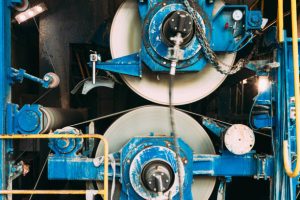
Example of additive adjustment for cost savings
You can achieve impressive cost savings by adjusting chemical additives in your mill. Many modern mills now use process integration and data-driven optimization to fine-tune chemical dosages. This approach helps you maintain output while reducing energy and raw material consumption.
The study discusses the optimization of a Kraft pulp and paper mill through process integration techniques, highlighting significant potential for reducing thermal energy requirements and increasing power production while maintaining the same level of pulp and paper output.
You can see real-world results from leading companies. International Paper Company reduced waste by 9% in 2017 and set a goal for a 30% reduction, which directly lowers operational costs. A U.K.-based manufacturer increased annual revenues by 11% through data-backed production optimization. These examples show that smart chemical management supports your goal of Reducing Paper Mill Costs.
AI-driven autonomous chemistry optimization allows for better chemical usage and higher productivity, leading to lower costs and improved quality control in papermaking.
Impact on efficiency, paper quality, and chemical consumption
When you optimize additives, you improve more than just your bottom line. You also boost efficiency, enhance paper quality, and reduce chemical consumption.
- Improved optical properties: You achieve brighter, whiter, and more opaque paper.
- Increased strength and stiffness: Your paper becomes more durable and resistant to stress.
- Enhanced printability: You get better ink receptivity and higher-quality prints.
- Reduced production cost: You can replace expensive fibers with more affordable materials.
- Improved environmental performance: You use fewer raw materials and make your products easier to recycle.
| Improvement | Description |
|---|---|
| Enhancing Fiber Distribution | Ensures even distribution of fibers, resulting in smoother texture and better print clarity. |
| Precision in Coating Application | Uniform coating application enhances surface quality and ink absorption. |
| Unmatched Print Resolution | Uniform fibers and precise coatings lead to superior print resolution. |
| Enhanced Colour Reproduction | Ensures vibrant and true-to-life color reproduction, eliminating faded prints. |
| Increased Durability | Papers exhibit enhanced durability, resisting wear and tear for longevity. |
You can also leverage machine learning to optimize wet strength quality, reducing chemistry dosage by 18%. Customized algorithms help you maintain quality without increasing rejects. Proactive adjustments ensure you meet quality standards, even when your process changes. An economic optimization methodology led to a 17% reduction in operating costs for a pulp mill, demonstrating the financial impact of these strategies.
Amazon Chemicals’ Integrated Solutions
Customized additive programs for different mills
You benefit from Amazon Chemicals’ integrated solutions that address every stage of your paper production process. The company tailors its programs to fit your mill’s unique requirements, optimizing efficiency and quality from raw material sourcing to the final product. You receive solutions that target specific challenges, such as foam control during pulp washing or scale inhibition in high-temperature environments. Amazon Chemicals offers rapid technical support, responding within 24 hours to help you adjust chemical programs based on your paper specifications.
| Feature | Description |
|---|---|
| Customized foam solutions | Solutions for pulp washing, pulping black liquor, and bleaching processes. |
| Process scale inhibition solution | Customized agents for different temperatures and inorganic salt scales. |
| Technical support | Support provided within 24 hours for customized solutions based on paper specifications. |
You see improvements in your production process, increased productivity, and enhanced paper quality. You also reduce water and energy consumption, which lowers your overall cost of production. These benefits align with your goal of Reducing Paper Mill Costs while maintaining high standards.
Technical expertise to achieve cost and quality balance
You rely on Amazon Chemicals’ technical expertise to strike the right balance between cost and quality. The company supplies you with advanced paper chemicals, including strength additives, sizing agents, and defoamers. These products help you minimize downtime and maintain consistent output. You notice that your paper quality improves, with stronger sheets and better printability. Amazon Chemicals’ specialists work with you to fine-tune chemical dosages, ensuring that you achieve optimal results without unnecessary expense.
- You gain access to strength additives that reinforce your paper’s durability.
- Sizing agents help you control absorbency and improve surface properties.
- Defoamers stabilize your production, preventing costly interruptions.
You experience a more reliable process, reduced waste, and better product performance. Amazon Chemicals supports your efforts to maximize profitability and quality in a competitive market.
Smarter Chemical Management for a More Profitable Paper Mill
You can transform your paper mill’s profitability by adopting smarter chemical management practices. When you focus on process optimization, you reduce variability and ensure consistent product quality. This approach supports your goal of Reducing Paper Mill Costs and strengthens your competitive position.
You should consider the following best practices to streamline chemical management:
- Develop preferred vendor relationships. You gain access to reliable supply chains and technical support.
- Install workplace monitoring devices. These tools help you track chemical usage and detect leaks or inefficiencies.
- Manage and reduce chemical waste. You lower disposal costs and minimize environmental impact.
- Keep safety data sheets up to date. Accurate documentation ensures compliance and protects your workforce.
- Properly tag and label chemical containers. Clear labeling prevents mix-ups and supports safe handling.
- Develop an active training and learning program. Ongoing education empowers your team to handle chemicals safely and efficiently.
- Create clear chemical storage procedures. Organized storage reduces risk and improves inventory control.
📊 Note: Advanced process control strategies help you minimize process variability. You achieve cost savings through reduced energy and chemical usage, and you decrease maintenance downtime. These improvements lead to higher profitability and more reliable production.
When you leverage expertise in papermaking chemistry, you identify unique challenges and implement tailored solutions. Continuous optimization allows you to adapt quickly to changing market demands. You maintain high standards while controlling costs, which increases your likelihood of sales and customer satisfaction.
Smarter chemical management is not just about compliance. It is a strategic investment in your mill’s future. You build a safer workplace, improve operational efficiency, and unlock new opportunities for growth.
You gain measurable advantages by optimizing chemical combinations. You lower costs, improve paper quality, and boost operational efficiency. Integrated solutions and technology adoption, help you optimize energy, storage, and raw material usage.
- Proactive strategies reduce energy and water use, driving long-term sustainability.
- Auditing water usage and managing waste streams further cut expenses.
Evaluate your current practices to unlock immediate and lasting savings while focusing on Reducing Paper Mill Costs.
FAQ
What is chemical synergy in papermaking?
Chemical synergy means you use different additives together to boost efficiency and paper quality. When you select compatible chemicals, you reduce waste and improve results. You see better retention, strength, and surface properties.
How do retention aids help lower costs?
Retention aids keep fillers and fibers in the paper sheet. You lose less raw material and spend less on replacements. You also use less energy for drying, which cuts your overall production costs.
Can you reduce energy use by optimizing sizing agents?
Yes. When you adjust AKD or ASA sizing agents, you create a hydrophobic surface. Water drains faster, so you use less steam and energy during drying. You save money and improve paper consistency.
What are the risks of using incompatible chemicals?
Incompatible chemicals can cause poor paper quality, wasted resources, and higher costs. You may see more rejects and downtime. Always check compatibility before you change your chemical program.

